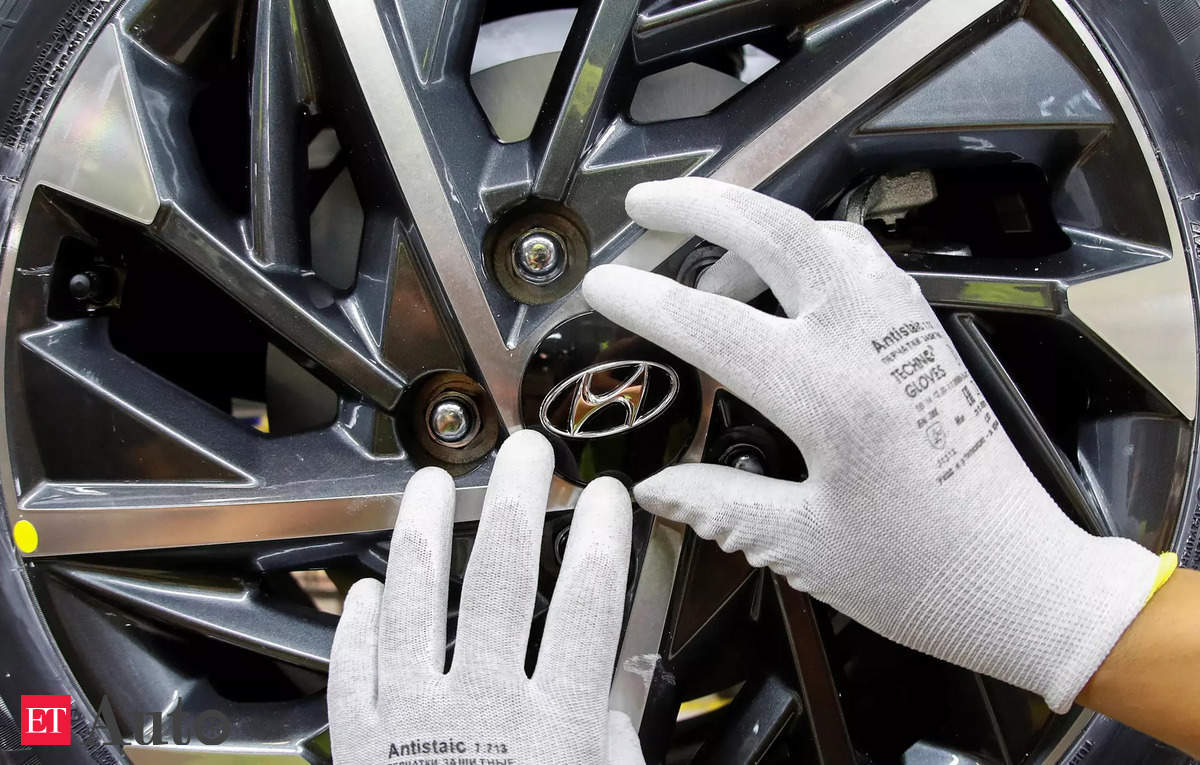In the ever-evolving landscape of automotive manufacturing, lightweighting has emerged as a cornerstone for innovation, efficiency, and sustainability. As the industry transitions towards electric vehicles (EVs) and embraces autonomous mobility, the demand for advanced lightweight materials becomes increasingly pronounced. At the forefront of this shift stands steel, a versatile material with unparalleled strength and sustainability attributes.
“Steel is a wonder material from a lightweighting perspective,” says JSW Steel’s Kinshuk Roy, emphasising its unique ability to maintain strength and durability while reducing weight. Roy, who is Executive Vice President – Application Engineering & New Business Development, JSW Steel added that with advancements in high-strength and advanced high-strength steel, manufacturers can achieve significant weight savings without compromising structural integrity—a crucial factor for enhancing driving dynamics and extending the range of both traditional and electric vehicles.
At the Autocar Professional Vehicle Lightweighting Conference, he said that lightweighting has been an essential aspect of vehicle design for more than a decade and will further gain huge importance going forward. “With the latest transition in the mobility space as a whole, the future will be defined by EV (electric vehicles) and also the autonomous vehicle concept coming in while it may take some time in India to catch up. With this happening, there will be a pressing need to use advanced lightweight material in auto to improve driving dynamics, vehicle range for EVs and some amount of ICE engine and hybrid,” he adds.
Lightweight vehicle structures are essential not only for improving the fuel economy for ICE automobiles but also increasing the driving range of EVs by offsetting the weight of power systems like batteries, he explains. According to him, beyond the use phase, factors such as material production emissions and end-of-life recyclability play a pivotal role in determining the overall environmental footprint. “Initiatives like the government’s vehicle scrapping policy signal a step towards enhancing recyclability and sustainability within the automotive ecosystem,” he adds.
While the automotive industry grapples with the rapid pace of technological advancements, Roy underscores the need for collaboration and innovation. Processes like hot stamping and hydroforming complement the use of high-strength steel, enabling the fabrication of complex components with improved efficiency. “Moreover, multi-material design approaches involving magnesium and aluminum offer further optimization opportunities, albeit with unique challenges,” he said.
Looking ahead, Roy emphasizes the importance of regulatory frameworks that integrate lifecycle considerations, mirroring developments seen in Western markets. “As India strides towards localization and technological advancement, the steel industry remains poised to meet the evolving demands of automotive manufacturers. In the west, the concept of LCA has already been included in the regulation. It will take time for these things to mature in India. Improvement in the IT and technology side will also be one of the things that will catch up in India along with the overall infrastructure development in the country,” he said. “All the steel mills and auto OEMs have put great thrust behind localisation. It was a challenge but over the last few years there has been a lot of progress,” he adds.
As the automotive industry charts a course towards sustainability and innovation, steel stands as a steadfast ally, shaping a future where lightweighting and environmental consciousness converge seamlessly.



